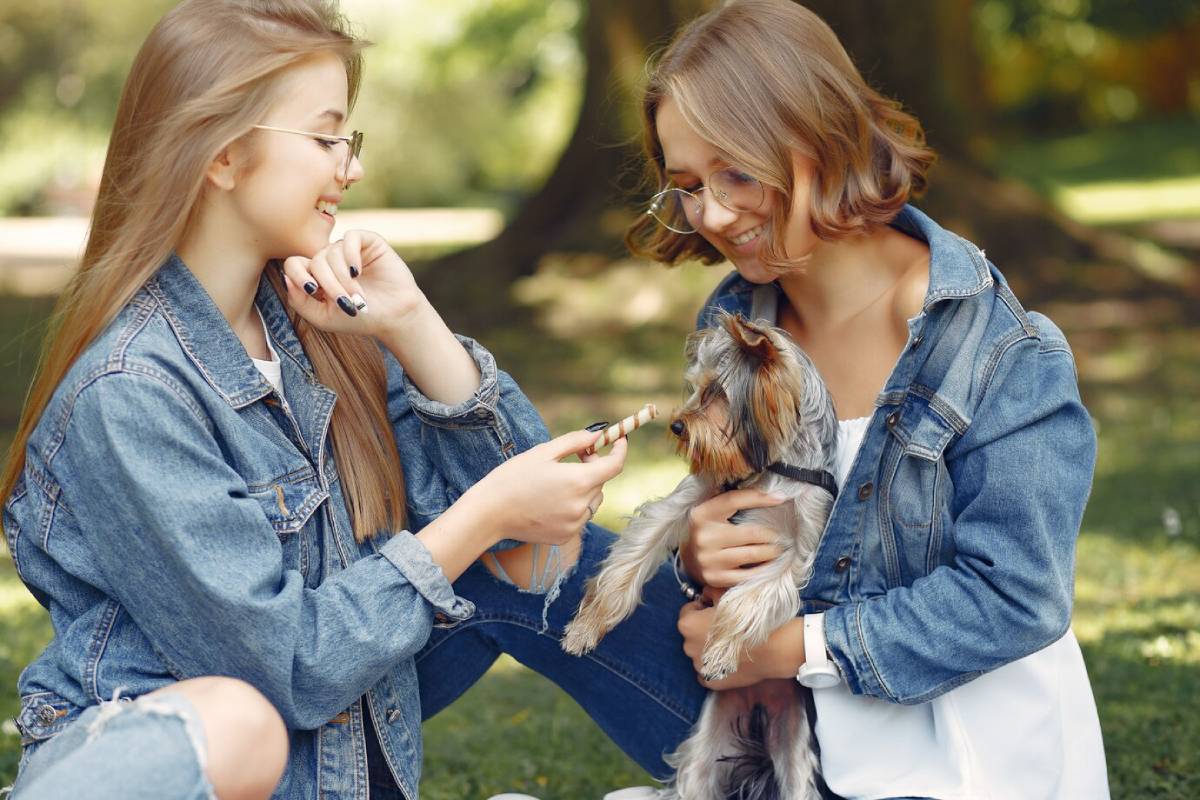
Post-Adoption Adjustment: Helping Pets Settle Into Their New Home
Bringing a new furry friend into your home can be an incredibly rewarding experience. But your journey doesn’t stop when you get that new fuzzy friend at home. When it comes to post-adoption, the adjustment period is crucial for both the animal and the owner. This blog will look at how to help pets in adjusting to a new home. You’ll get helpful tips and expert advice. You could be a new pet owner or have years of experience. Knowing how pets adjust after adoption is key. This knowledge helps create a happy home.
Why Post-Adoption Adjustment Matters
A pet in an unfamiliar, new home is a pet that has moved out of a comfortable situation. It may be a shelter, a foster home, or a past owner. Well, animals can be overwhelmed by this change. It may cause stress and anxiety. The adjustment phase after the adoption is huge! This is to ensure your new pet feels secure at home.
The Emotional Impact on Pets

Like humans, pets feel a range of emotions. When they are introduced to a new home, they may be confused, scared, or excited. Recognising these emotions is the first step in helping them adjust. It’s important to remember that each pet is unique. While some may adapt quickly, others might take longer to feel at ease.
Building Trust and Security
A main goal after adoption is to build trust and create security. To help your pet, create regular routines. Use positive reinforcement, too. Also, provide a safe space for them when they feel overwhelmed. Trust is not built overnight. With patience and understanding, it will grow over time.
Key Benefits of a Smooth Transition
Ensuring a smooth transition for your newly adopted pet has numerous benefits. It enhances the bond between you and your pet. It also contributes to their overall well-being and happiness.
Improved Behaviour
Pets that feel safe and loved are less likely to show problem behaviours. A well-adjusted pet is more likely to follow house rules. They respond better to training and interact positively with family and other pets. This is where your knowledge of new pet adjustment tips becomes invaluable.
Enhanced Health and Well-being
Stress can significantly impact a pet’s health. Helping people adjust smoothly lowers the risk of stress-related health problems, such as digestive issues and a weakened immune system. A happy, stress-free pet is more likely to have a strong appetite, regular sleep patterns, and a playful demeanour.
Strengthened Bond

The time after adoption is a great chance to build a strong bond with your pet. With regular interaction, playtime, and affection, you can build trust and respect. This bond will be the foundation for a long-lasting and fulfilling relationship.
Expert Tips for Helping Pets Settle In
Now that we know, a smooth post-adoption adjustment is key. Let’s look at some expert tips. These will help your new pet feel at home.
Establish a Routine
Animals need a routine. Establishing a consistent daily schedule for feeding, walks, and playtime can help your pet feel more secure. Predictability lowers anxiety. It helps pets know what to expect, which makes the transition easier.
Create a Safe Space
Choose a quiet, comfy spot in your home for your pet. This will be their place to relax when they want some alone time. This space should have a bed, toys, and water. Allow your pet to explore this area at their own pace and respect their need for solitude.
Positive Reinforcement
Positive reinforcement is a powerful tool in pet training and adjustment. Reward your pet with treats, praise, or affection when they show good behaviour. This encourages them to repeat these behaviours and reinforces the bond between you.
Socialisation

Gradual socialisation is key to helping your pet adjust to their new environment. Introduce them to new people, pets, and experiences slowly and positively. This will help build their confidence and reduce fear or aggression.
Patience and Understanding
Every pet is different, and their adjustment period will vary. Be patient and understanding, allowing your pet to adjust at their own pace. Avoid forcing them into situations that make them uncomfortable. Provide reassurance when needed.
Common Mistakes and How to Avoid Them
While the journey of adopting a pet is rewarding, it’s not without its challenges. Here are some common mistakes pet owners make during the post-adoption period and how to avoid them.
Overwhelming Your Pet
It’s natural to want to shower your new pet with love and attention. Too much stimulation can be overwhelming. Allow your pet time to acclimate to their new surroundings before introducing them to new experiences or people.
Inconsistent Training
Consistency is important in training and behaviour management. Make sure all family members are on the same page regarding house rules and training techniques. Mixed signals can confuse your pet and hinder their adjustment.
Ignoring Signs of Stress
Stay alert for signs of stress in your pet, such as excessive grooming, hiding, or changes in appetite. Ignoring these signs can exacerbate the problem and lead to behavioural issues. Address stressors promptly and seek professional help if needed.
Advanced Insights and Recommendations
If you want to better understand post-adoption adjustment, check out these helpful tips and insights.
Understanding Body Language
Understanding your pet’s body language can give you clues about how they feel. Your pet’s tail position, ear orientation, and vocalisations show how they feel. By understanding these cues, you can respond appropriately to their needs.
Professional Training and Behavioural Support
If your pet struggles with adjustment, consider seeking professional training or behavioural support. A qualified trainer or behaviourist can offer tailored advice and strategies for your specific challenges.
Continued Education
Stay informed about pet care and behaviour. Attend workshops, read books, or join online forums. The more you learn, the better equipped you’ll be to support your pet’s needs throughout their life.
Conclusion: Building a Happy Home Together
Adopting a pet is both rewarding and challenging. Focusing on the post-adoption adjustment period helps create a happy, healthy life together. Remember, patience, understanding, and love are the keys to helping your pet feel at home. As you start this new chapter, enjoy learning and cherish the joy your furry friend brings. Together, you can build a happy home filled with love and wagging tails.
Are you ready to welcome a new pet into your home? Share your thoughts and experiences in the comments below. We’d love to hear your stories and insights on post-adoption adjustment.


